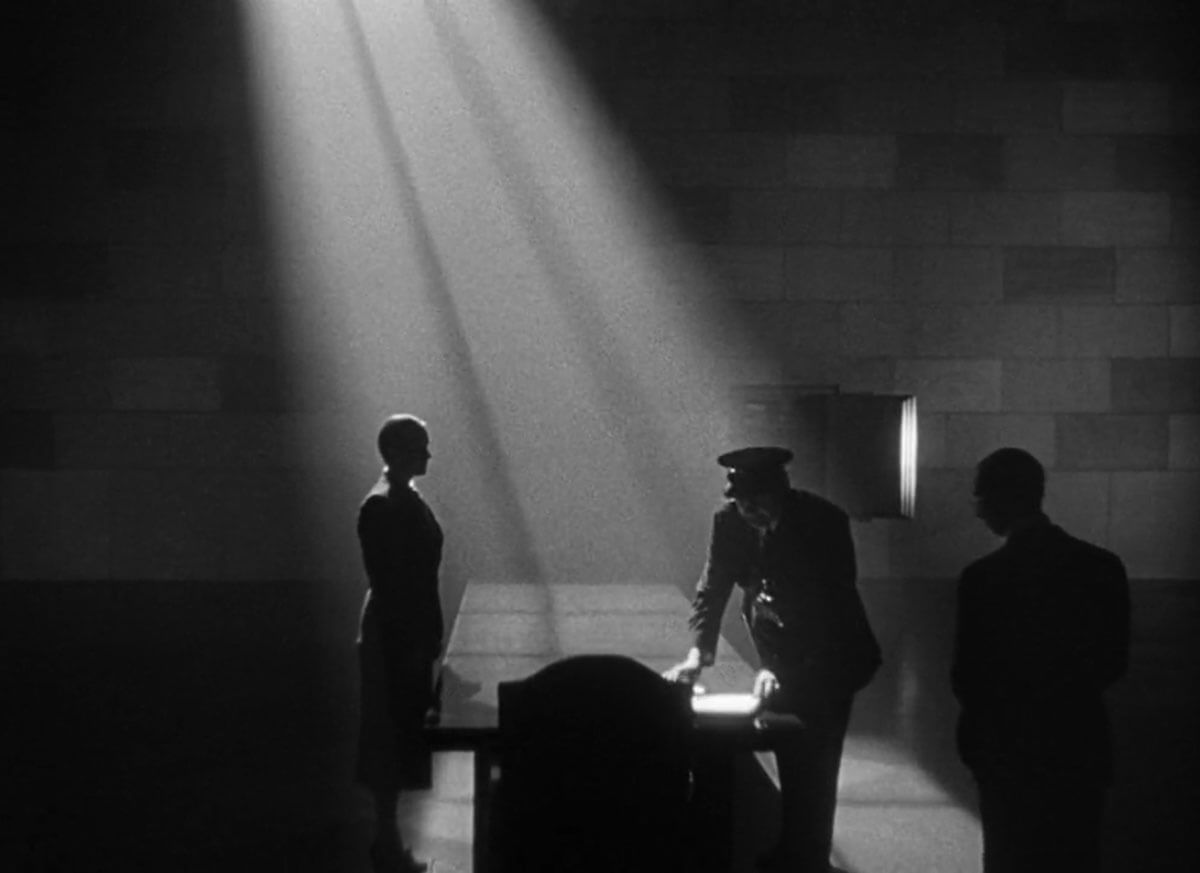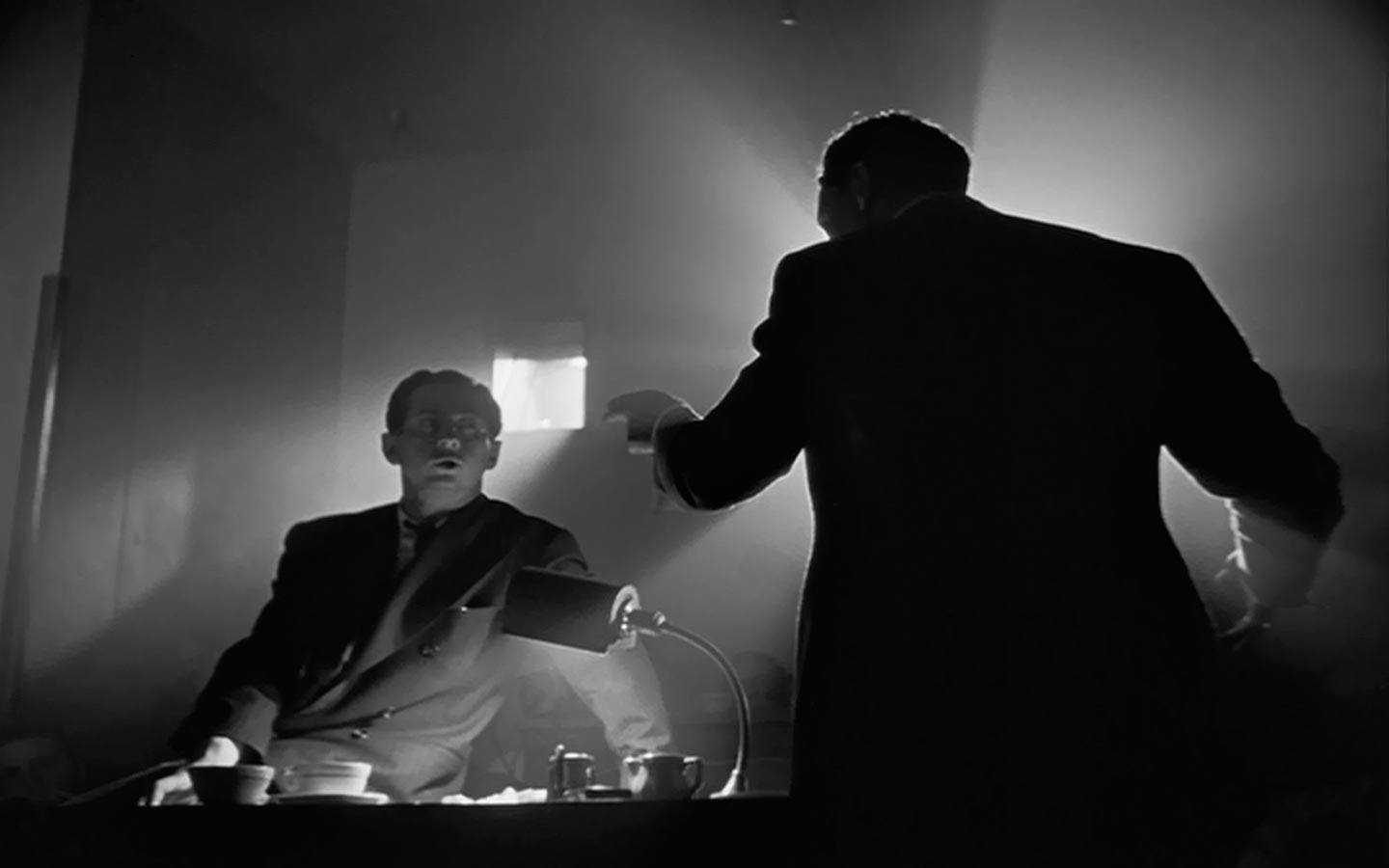With this film Welles introduced many new filmmaking innovations. From the use of this extreme backlight Welles concealed the identity of.

6 Ways To Citizen Kane Your Film
The various camera techniques used by Orson in Citizen Kane were backlight Another dramatic technique used by Welles Throughout the film was the use of extreme backlight.

. Up to 24 cash back Its components brought together the following aspects. Citizen Kane is considered by many critics and experts to be the greatest film ever madeFor 50 consecutive years it stood at number 1 in the British Film Institutes Sight. The Light of Citizen Kane.
In citizen kane orson welles lighting decisions allowed. In cinematography there is different types of lighting such as. Citizen Kane introduced Hollywood to the creative potential of other cinematic techniques as well.
The Use Of Light In The Film Citizen Kane. Deep focus a stylistic technique that uses wide-angle and small lens apertures to focus simultaneously on near and far planes was used in many scenes within this film. The Light of Citizen Kane One aspect that was striking regarding Citizen Kane was the use of lighting to emphasize the importance of the characters.
For example in Citizen Kane extreme deep focus diverse camera angles including low angles that exposed set ceiling and unusual use of lighting and deep shadows all these techniques were used in the. Citizen Kane is a 1941 American drama film produced by directed by and starring Orson WellesHe also co-wrote the screenplay with Herman J. One of the most important techniques that was used several times is the Deep focus.
In Citizen Kane Orson Welles uses creative innovative lighting techniques to send the audience messages about the characters and the themes at hand in each scene. The use of lighting styles is necessary in films to bring attention to the scene and to be able to produce an interesting film. Gregg Toland the cinematographer Welles chose for Citizen Kane had used the technique in an earlier film he had worked on The Long Voyage Home but Citizen Kane marked the first time it was used so extensively or effectively.
For example Charles Kane was almost always under high key lighting which highlighted his significance to the plot. Experimenting with creative storytelling techniques and non-linear plot construction the director treated the time parameter sensitively replacing time continuity of real scene by a subjective continuity controlling the rhythm and. This technique added the greatest contribution to the cinematography of Citizen Kane by enhancing its plot development and the audiences perspective.
The lighting has to also do the work potentially done by color palette and tone. Another technique is the lengthy takes which go hand in hand with deep focus shots Citizen Kane. Citizen Kane is an excellent example of sounds but it is also connected to different techniques such as movements and cinematography technique.
The shadow given to him represented how in the dark he had became over the course of his life. The various camera techniques used by Orson in Citizen Kane were backlight Another dramatic technique used by Welles Throughout the film was the use of extreme backlight. Its director star and producer were all the same genius individual - Orson Welles in.
In the times when films were black and white the use of light is not easily visible. The leveraging of characters movements to control who and where the. The use of lighting reflects within color because it gives the audience more to look at and it becomes very noticeable when the light changes for a specific scene.
When the camera deep focuses a small amount of light enters through the lens which is due to the small aperture the cinematographers use this allows it to capture everything in the frame and makes people able to see the whole image. The fresh sophisticated and classic masterpiece Citizen Kane 1941 is probably the worlds most famous and highly-rated film with its many remarkable scenes and performances cinematic and narrative techniques and experimental innovations in photography editing and sound. Citizen Kane is a 1941 drama film directed by Orson Welles and praised for its innovative sound and editing methods in cinematography.
MankiewiczThe picture was Welles first feature film. A Synthetic Approach nd. Citizen Kane is a 1941 American drama film directed co-written produced by and starring Orson Welles.
Orson welles used the cameo lighting technique frequently in his 1941 masterpiece citizen kane in fact throughout the film welles uses. In Citizen Kane Orson Welles lighting decisions allowed him to convey more implicit messages about the action on screen and reveal an almost opposite. In viewing the Love Nest Confrontation scene Welles and Toland used a combination of different techniques that include deep focus cinematography and exotic camera angles to give the audience an in-depth viewperspective of the exchanges and dialogue going on between characters.
Use of a subjective camera unconventional lighting including chiaroscuro backlighting and high-contrast lighting prefiguring the darkness and low-key lighting of future film noirs inventive use of shadows and strange camera angles following in the tradition of German Expressionists. The lighting style in citizen kane is decidedly chiaroscuro and owes a debt to german expressionism while also prefiguring the visual style of. Use Cameo lighting to accentuate actors and props Orson Welles used cameo lighting and other mixed lighting techniques throughout Citizen Kane as a way to direct the eye of the viewer and give emphasis to the most important elements in a scene.
One such innovation was a technique known as the. The Lighting of Citizen Kane. This was Welless first feature film.
Three point lighting fill light key light high key and low key lighting top or under lighting and many more. The director of Citizen Kane had the choice of making. Some of the striking stylistic elements of Citizen Kane include its expressionistic use of lighting its dizzying variety of camera angles and movements its range of camera positions from the extreme close-up to the panoramic longshot its use of wide angle lenses and deep focus to create scenes of a three dimensional background and its inversion of the common setup shot.
Welles use of lighting throughout the film directs the audiences focus expresses key aspects of characters personalities and hints at the films overall themes. Techniques such as single source lighting creative use of shadows montage obscure camera angles and deep focus photography make the film more enthralling visually but also contributed to the narrative and many of the themes. Photography is the key element of mise en scene that determines how an audience will interpret the visual information in film.
Some of the innovations were in cinematography storytelling techniques and special effects lighting. Another perfect example of this technique happens in the scene after Kane lost his trial for the governorship. Orson Welles used the cameo lighting technique frequently in his 1941 masterpiece Citizen Kane.
Despite this loss the audience does not view Kanes splendor lowered. This was accomplished through various. Orson Welles used the photography of his 1941 film Citizen Kane to emphasize aspects of the film he wanted viewers to focus on and to remove non-essential information from the frame.
Lighting is a crucial element of mise-en-scene in all films but especially so in black and white cinema.

Make The Most Of Mood Lighting Ecg Productions
Lighting In Citizen Kane Blunt Comedy Reviews By Conor Chepenik

6 Ways To Citizen Kane Your Film

Cameo Lighting Explained What It Is And How To Use It Videomaker

Cameo Lighting Explained What It Is And How To Use It Videomaker

The Lighting Of Citizen Kane Media Design And Criticism

Old Movies With Great Cinematography Szukaj W Google Filmmaking Cinematography Film Noir Photography Beautiful Cinematography

Cameo Lighting Explained What It Is And How To Use It Videomaker
0 comments
Post a Comment